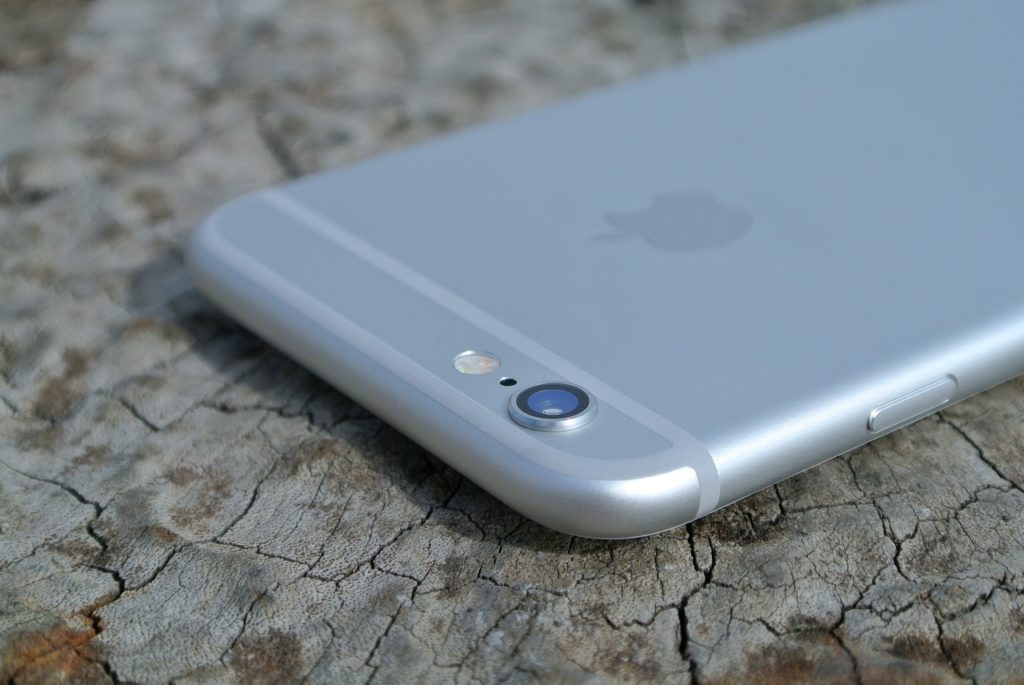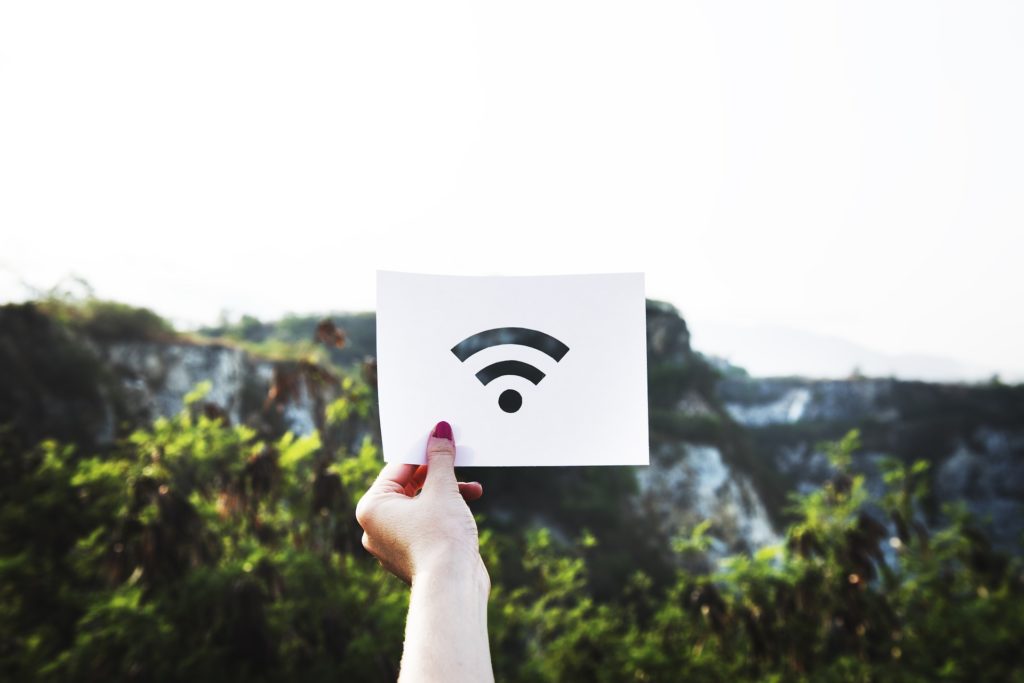We often think of data breaches occurring because a large corporation’s servers have been hacked by sophisticated scam artists. However, your smartphone is basically a small computer and can be hacked, as well. Sophisticated hackers are tapping into smartphones at an alarming rate in an attempt to access users’ personal information, including bank details and website passwords.
Although smartphone manufacturers have made a concerted effort to design devices that keep your data safe, there are still ways to access this data, especially if you don’t take precautions. Of course, the companies that make these phones also have limited access to your data, and this information is analyzed for a variety of different reasons. In the following, we’ll go over the risks and what you can do to reduce the chances that your personal data is compromised.
Protect Your Privacy
Generally speaking, Apple limits the amount of data that it collects from its smartphones as compared to Google, which scans user emails and tracks user locations more pervasively. Although Apple uses proprietary personal assistant software (also known as Siri), the majority of the data is stored on the device, and Apple never has access to it. However, just because Apple tends to store less user data doesn’t mean that users shouldn’t take an active role in guarding their privacy.

On the other hand, Google collects a lot more data, especially if you use its affiliated apps, such as YouTube. Google uses everything from the videos you watch to what you search for on the Internet to analyze your behavior. This information is stored on Google’s servers, so in the event of a data breach, your activity and possibly your personal information could be compromised. Google insists that it only collects user data to improve its services, but it’s still wise to protect your privacy by adjusting the settings associated with any of your Google-based accounts. You can choose how much information you are comfortable sharing by accessing your device’s privacy settings.
Create a Strong Passcode
The most recent versions of the iPhone have multiple password options, ranging from simple to complex. You can use both numbers and text, text only, numbers only, four digits or five. Additionally, Apple has integrated biometric technology that allows users to unlock their devices with a fingerprint or, in the case of the latest model, the iPhone X, with their face.
Android devices offer even more robust password security options. In addition to four or six-digit alphanumeric passcodes, users can choose a swipe pattern. Newer Android phones can detect your gait—the way you walk and move—and offer the option to unlock your device when it is paired with another device via Bluetooth.
Regardless of the device, it’s recommended that you choose a password that consists of both letters and numbers—and opt for six digits, so it’s more difficult to guess. Also, avoid using parts of your phone number, birthday, or name, as well as any other easy-to-guess information.
Be Wary of Public Wi-Fi
As compared to just a few years ago, Wi-Fi is available nearly everywhere. Many restaurants and public buildings offer free Wi-Fi access to visitors, and while it’s tempting to use it, you should be cautious.
One of the problems with free Wi-Fi is that anyone in range can gain access to the network. Although the prevalence of hackers in public places is generally low, there’s still a chance that sensitive data can be captured from unsuspecting Wi-Fi users. If you happen to be at a coffee shop working on a project that includes sensitive data or plan to access your financial accounts, it’s better to use your phone’s cellular data. When you do this, your data is encrypted and cannot be easily accessed. If you find yourself frequently dealing with sensitive or proprietary data, you might want to consider using a VPN tool instead.

Use Tracking Software
Protecting your privacy should be a top concern. However, in the event that your phone is lost or stolen, you will want to be able to track and/or disable your device. Utilizing this built-in smartphone feature will not only help you to locate your phone, but it can keep prying eyes from accessing your personal data. On a basic level, both Android and iOS users can adjust their phone settings so that too many incorrect passcode attempts will automatically lock the device.
In addition, both platforms offer services will help you to locate a lost or stolen device. Since these features are not enabled by default, you will need to activate them manually. Once you do so, you will be able to view your phone’s location on a map, send an audible alert to the phone, or remotely erase all of your data. Apple’s phone tracking software is called Find My iPhone, and Android users can access a similar feature by downloading the Android Device Manager app.
There’s no doubt that smartphone technology has made our lives easier than ever. Many of today’s standard smartphone features couldn’t have even been envisioned years ago. Whenever new technology is invented, there is always someone out there looking for a way to exploit it, so it’s important to be vigilant in protecting your personal information.

